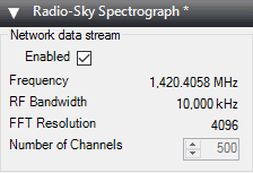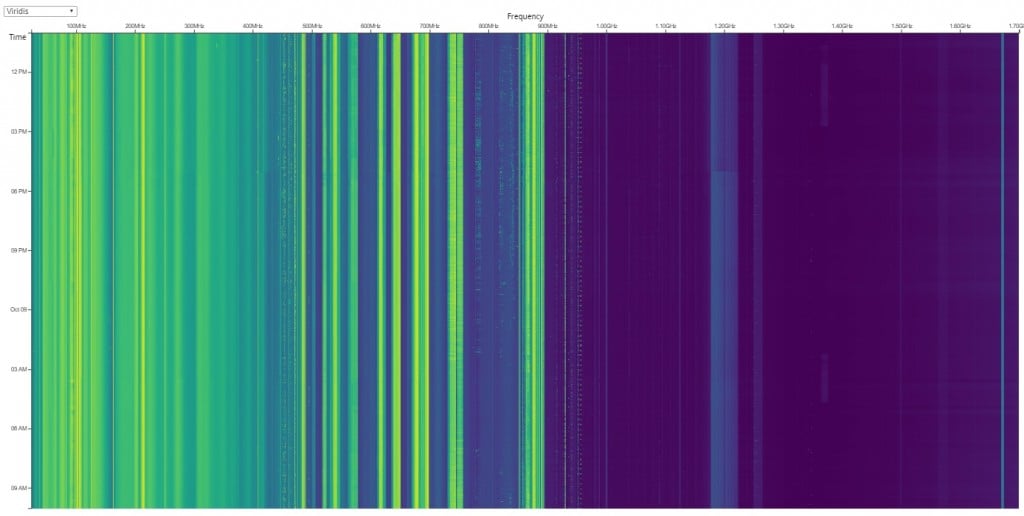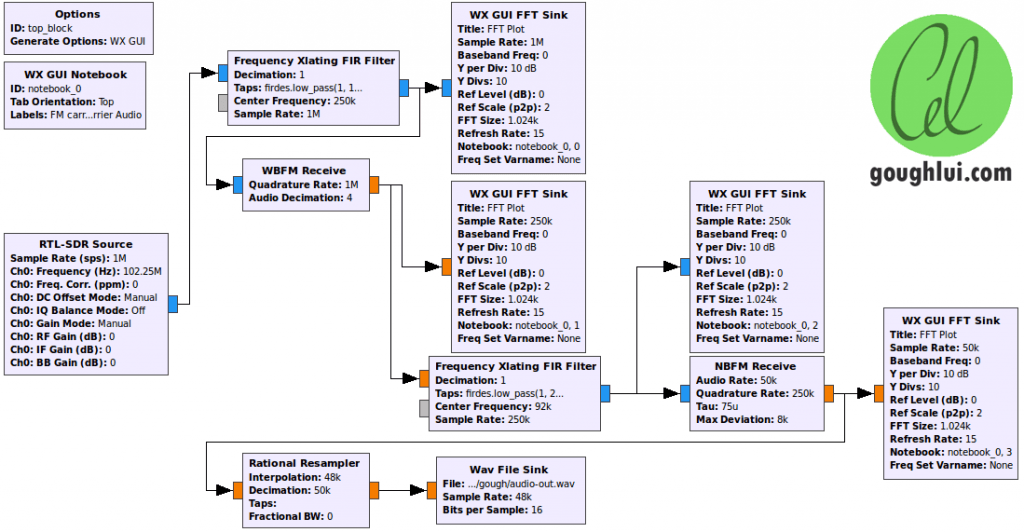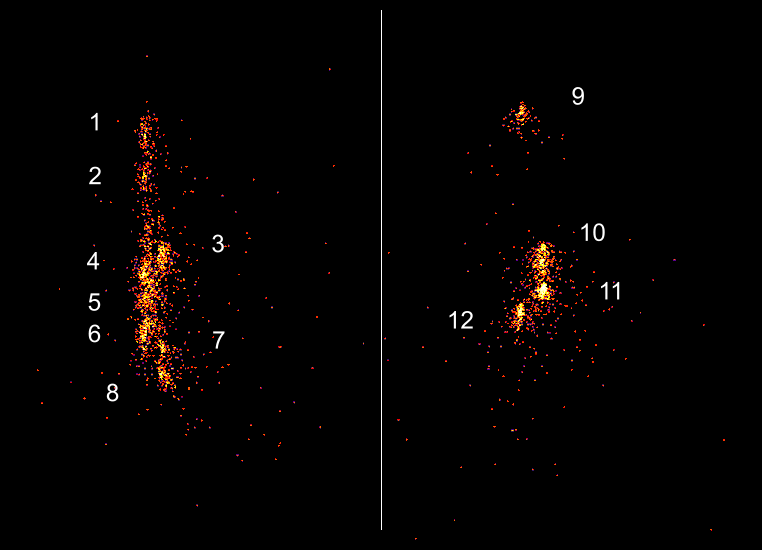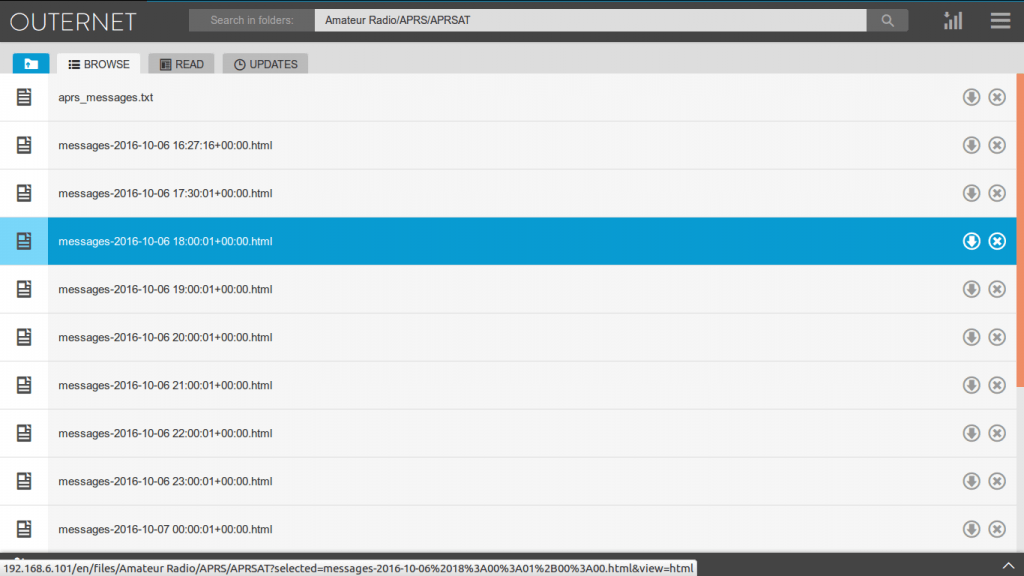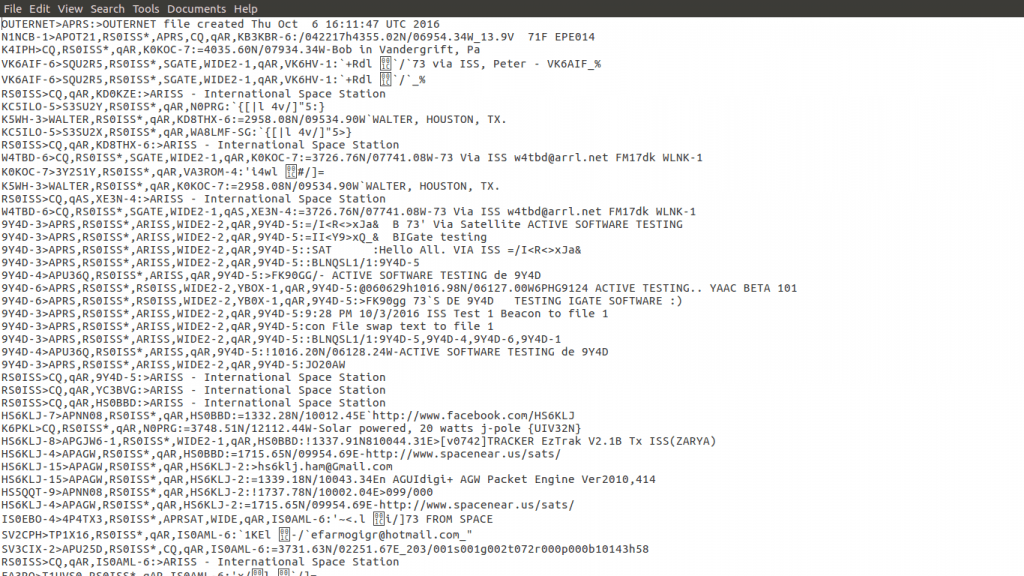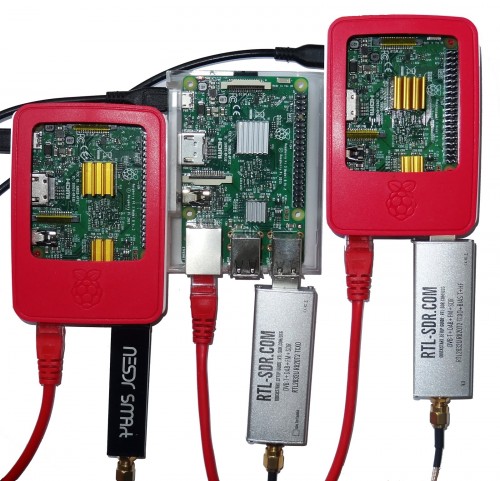New SDR# Plugin: Radio-Sky Spectrograph Data Stream
Edit: If you downloaded an older version of the plugin please note that it has now been updated. The update fixes some stability issues which would previously hang SDR#. The updated .dll file can be downloaded directly from https://goo.gl/0dPzOL.
Radio-Sky Spectrograph is a radio astronomy software program which is often used together with the RTL-SDR or other similar SDRs. It is best explained by the author:
Radio-Sky Spectrograph displays a waterfall spectrum. It is not so different from other programs that produce these displays except that it saves the spectra at a manageable data rate and provides channel widths that are consistent with many natural radio signal bandwidths. For terrestrial , solar flare, Jupiter decametric, or emission/absorption observations you might want to use RSS.
Usually to interface an RTL-SDR with Radio-Sky Specrtograph a program called RTL-Bridge is used. However, now SDR# plugin programmer Alan Duffy has created a new plugin that allows SDR# to interface with Radio-Sky Spectrograph via a network stream. This allows it to work with any SDR that is supported by SDR# plugins. Alan Duffy writes:
I wrote the plugin after becoming interested in amateur radio astronomy. The plugin allows you to use any of the software defined radios supported by SDR# to feed the Radio-Sky Spectrograph program with wide-band data. The plugin shows the frequency, bandwidth, and FFT resolution and has a user selected "Number of Channels" that are sent to the spectrograph program with an allowable range of 100 to 500. This number can only be edited when the data stream is not enabled. Also if certain key parameters change, such as the frequency or decimation, the network stream will stop as the spectrograph would no longer be capturing the same data. If this happens, simply click the start button on client side software (i.e. Radio-Sky Spectrograph). As long as the Enable box is checked on the server side, the plugin will listen for a connection and start transmitting data after RSS makes a new request for data.
We note that the software might also be useful for simply capturing a long term waterfall for finding active frequencies or looking for meteor scatter or aircraft scatter echoes.
